World Fine Art Professionals and their Key-Pieces, 313 - Yahya ibn Mahmud al-Wasiti
World Fine Art Professionals and their Key-Pieces, 313 – Yahya ibn Mahmud al-Wasiti
Yahya ibn Mahmud al-Wasiti (Arabic: يحيى بن محمود الواسطي) was a 13th-century Iraqi Arab painter and calligrapher, known for his illustrations of al-Hariri’s Maqamat.
Maqamat al-Hariri, also known as the “Collected Stories of Hariri”, contains some 50 stories written in the Maqama style, a mix of verses and literary prose. For more than eight centuries, Al-Hariri’s Maqamat has been considered the greatest treasure in Arabic literature after the Quran.
Arab villain with sweet talk
About 1237 al-Wasiti (1208-1268 circa) illustrated stories of al-Ḥariri, a series of anecdotes about the mischievous adventures of a 12th-century Arab villain with sweet talk. The work was very popular during this period. The 96 illustrations are of excellent quality with a fine composition, expressive figures and vivid but controlled colors. They offer a fascinating range of insights and commentaries on 13th-century Islamic life.
Al-Wasiti was inspired by the draftsmen and painters of the ‘Baghdad School’. These draftsmen / painters illustrated Islamic manuscripts. The Baghdad School dates from the last quarter of the 12th century, circa 1175.
Expressive, individualized faces
The school flourished during the period when the Abbasid Caliphs re-established their authority in Baghdad. The style of the illustrations is characterized by expressive, individualized faces rather than facial types, a suggestion of movement and attention to the details of everyday life.
The work of this school was devastated in 1258, the year in which the Mongols destroyed the city of Baghdad. Despite this, the illustrations continued to appear for another 40 years, especially outside the destroyed city.
Synthesis of realism and stylization
Al-Wasiti was an excellent painter, mixing Turkish art and native Christian (Jacobite and Syrian Miaphysite) painting in a vivid Islamic fusion. Yaḥya was not the first to paint in this style, but he was the best artist whose work has survived. His work shows a synthesis of realism and stylization, and his composition is more elaborate than in previous Islamic painting. Nothing is known about his life, and knowledge of him rests solely on his work.
From the town of Wasit
All we can tell about him is that he and his family are originally from the city of Wasit, a military and trading city of medieval Iraq, especially important during the Umayyad Caliphate (661-750). Wasiṭ was founded in 702 as a military encampment on the Tigris River, between Basra and Kufah, by al-Ḥajjaj, the Umayyad governor of Iraq.
A copy of the Maqamat is now in the Bibliothèque Nationale in Paris.
https://ifthenisnow.eu/nl/personen/yahya-ibn-mahmud-al-wasiti
Disclaimer: The views, opinions and positions expressed within this guest article are those of the author Walter van Teeffelen alone and do not represent those of the Marbella Marbella website. The accuracy, completeness and validity of any statements made within this article are not guaranteed. We accept no liability for any errors, omissions or representations. The copyright of this content belongs to Walter van Teeffelen and any liability with regards to infringement of intellectual property rights remains with the author.

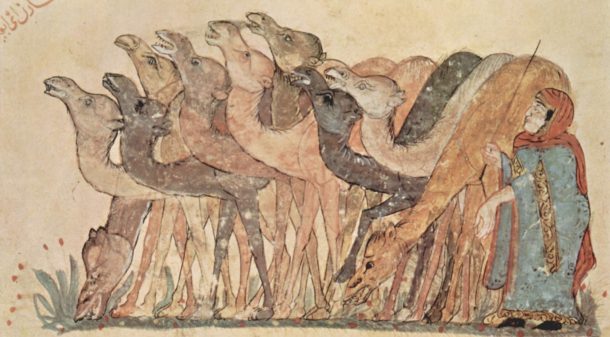
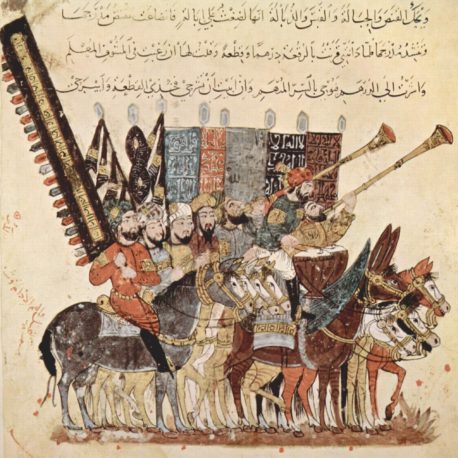
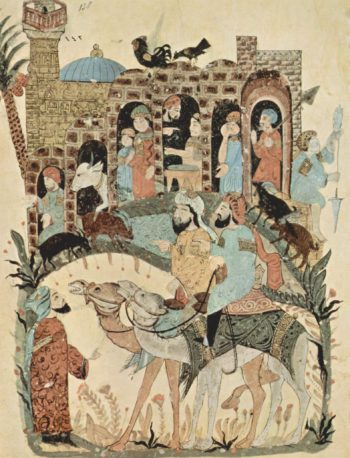
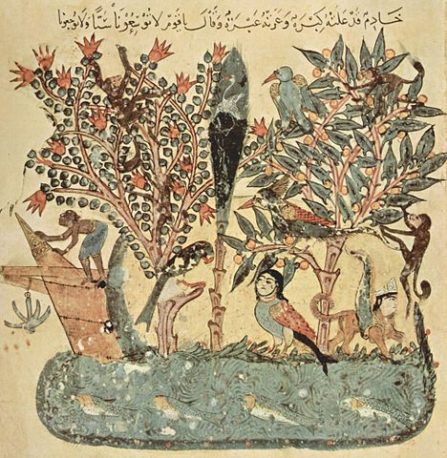
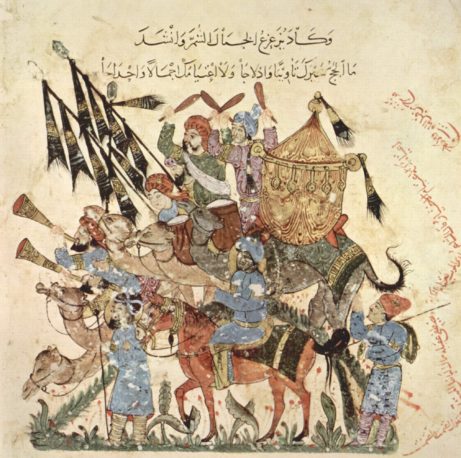
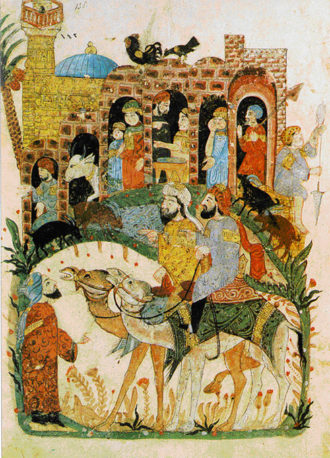
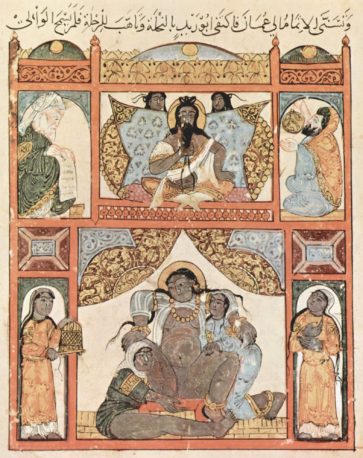

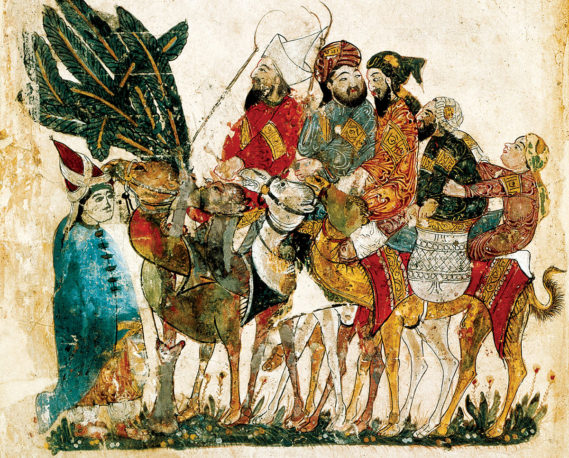
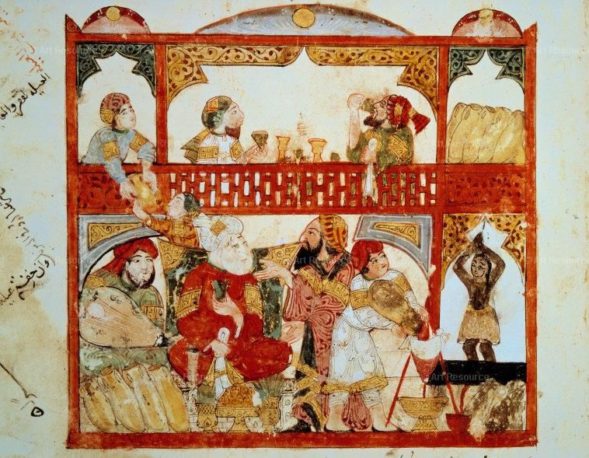














The opinions expressed by individual commentators and contributors do not necessarily constitute this website's position on the particular topic.